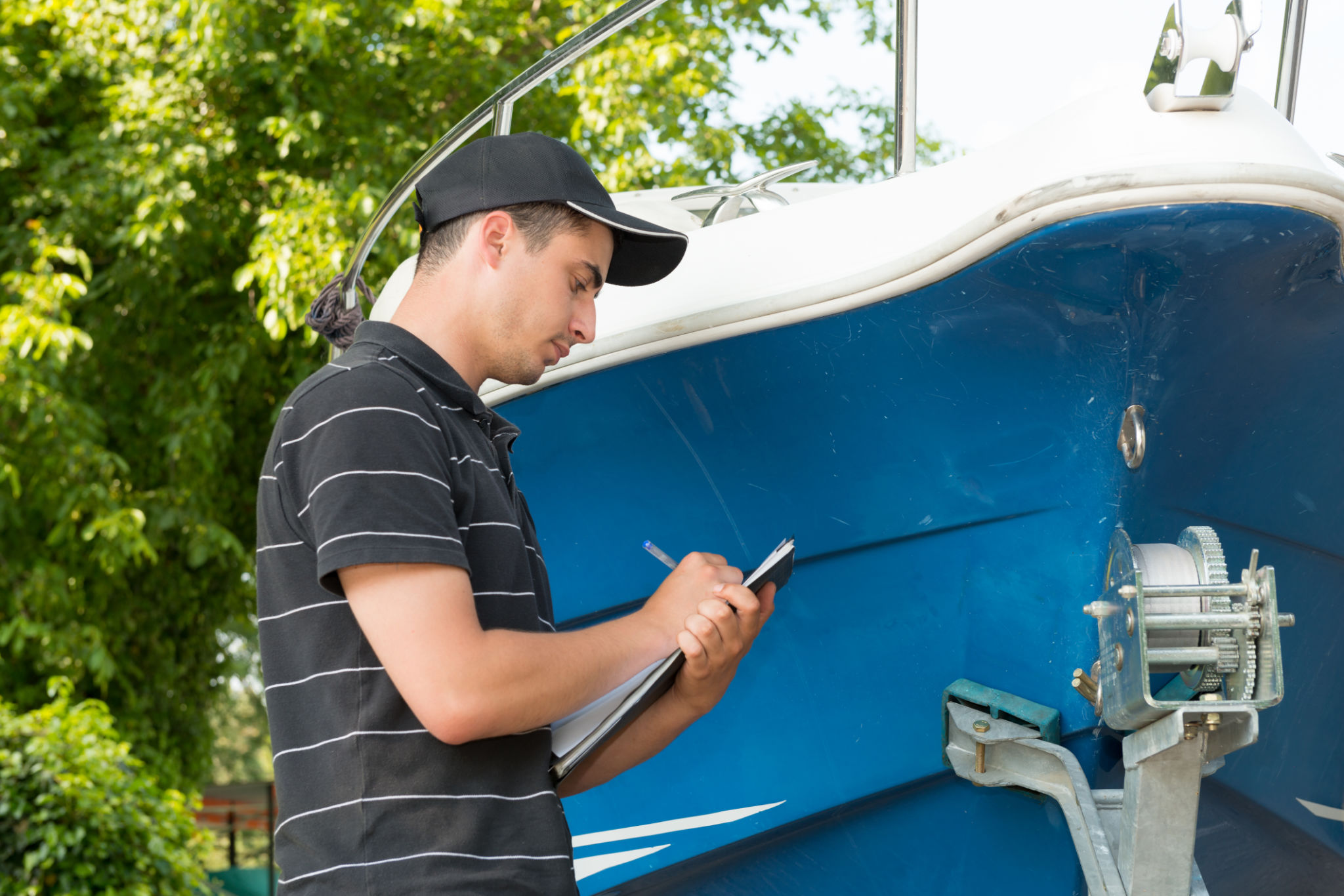Expert Insights: Top Gelcoat Restoration Techniques for Yachts
Understanding Gelcoat and Its Importance
Gelcoat is a critical component in yacht maintenance, serving as both a protective barrier and aesthetic enhancer. It is a resin-based coating applied to the outer surface of a yacht, providing a glossy finish while protecting the underlying materials from saltwater, UV rays, and other environmental factors. Over time, however, even the most durable gelcoat can become dull or damaged, necessitating restoration.
Restoring gelcoat not only revitalizes the yacht's appearance but also extends its longevity. Understanding the best techniques for gelcoat restoration is crucial for yacht owners and maintenance professionals alike.
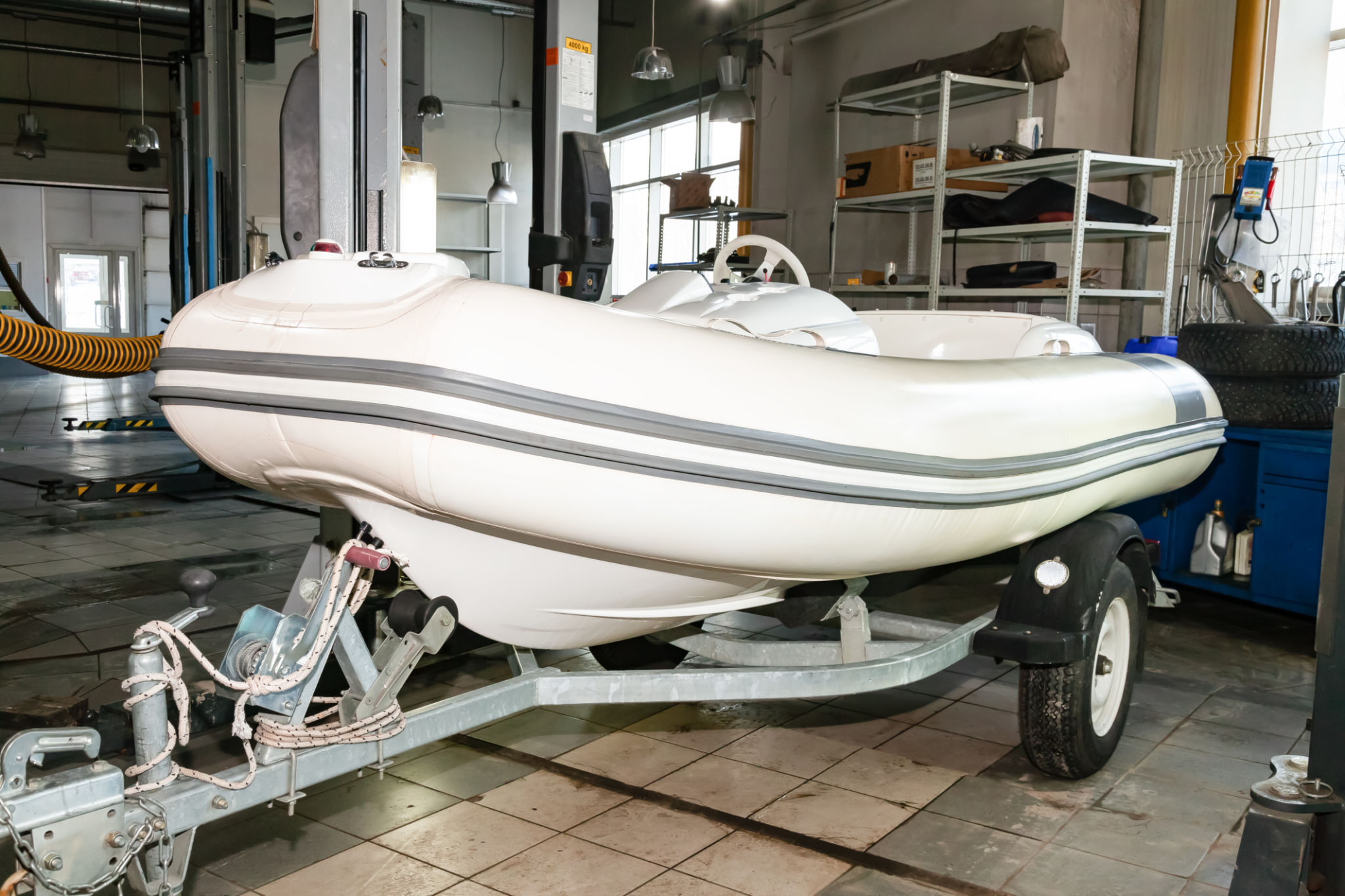
Initial Assessment and Preparation
The first step in any gelcoat restoration project is a thorough assessment of the current condition of the surface. Look for signs of oxidation, cracks, or deep scratches. This evaluation will help determine the extent of restoration required.
Once the assessment is complete, preparation begins. This involves cleaning the surface meticulously to remove any dirt, grease, or oxidation. Using a mild detergent or specialized marine cleaner can be effective in this step. It's essential to ensure that the surface is completely dry before proceeding to the next stages.
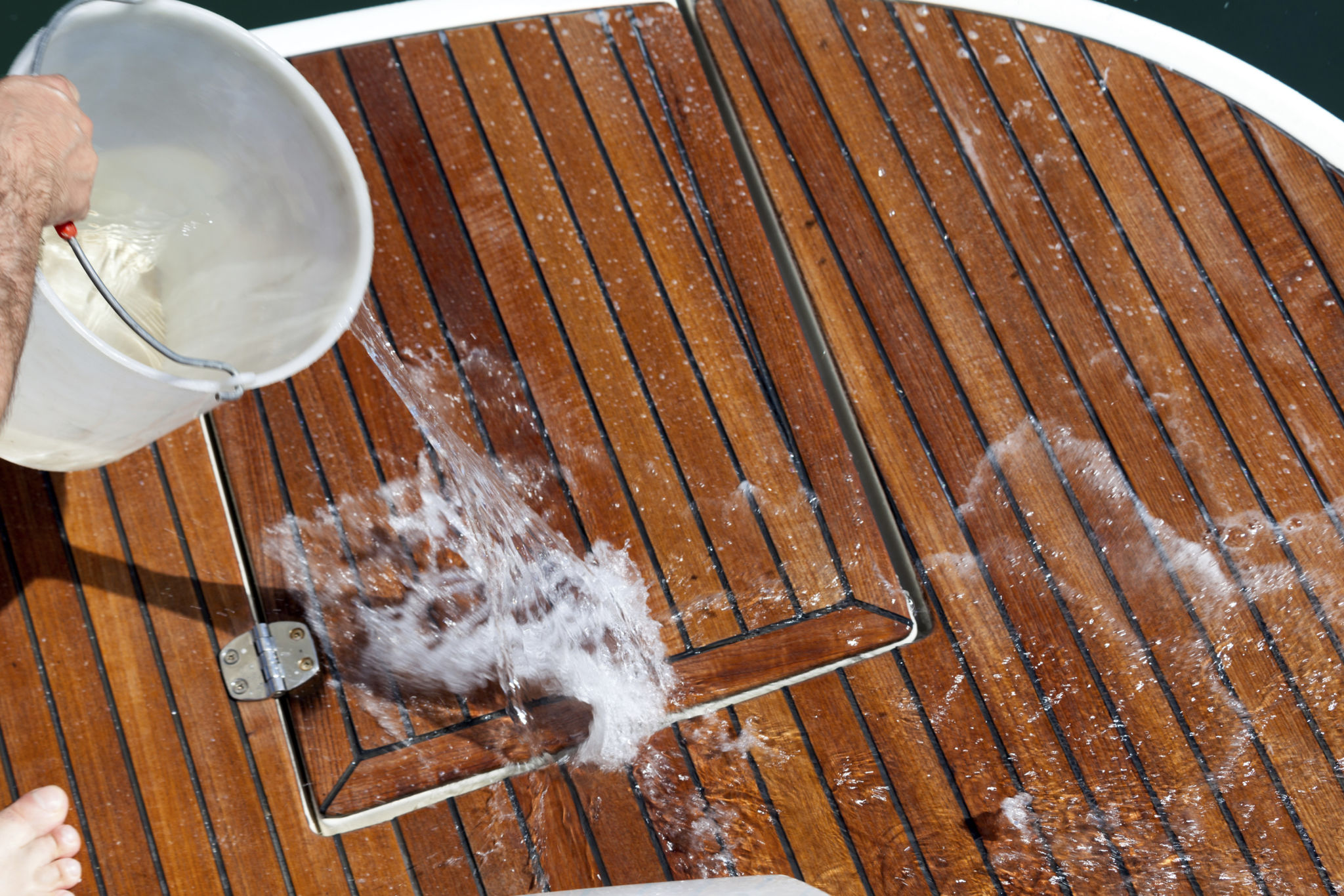
Sanding and Polishing Techniques
Sanding is often necessary to address severe oxidation or scratches. Starting with a fine-grit sandpaper can help smooth out imperfections without damaging the gelcoat. It's important to sand evenly and follow up with progressively finer grits to achieve a smooth finish.
After sanding, polishing becomes the focus. A high-quality marine polish can restore the gelcoat's shine. Using a rotary buffer can enhance results, ensuring that the polish is applied evenly across the surface. This step not only improves aesthetics but also prepares the surface for sealing.
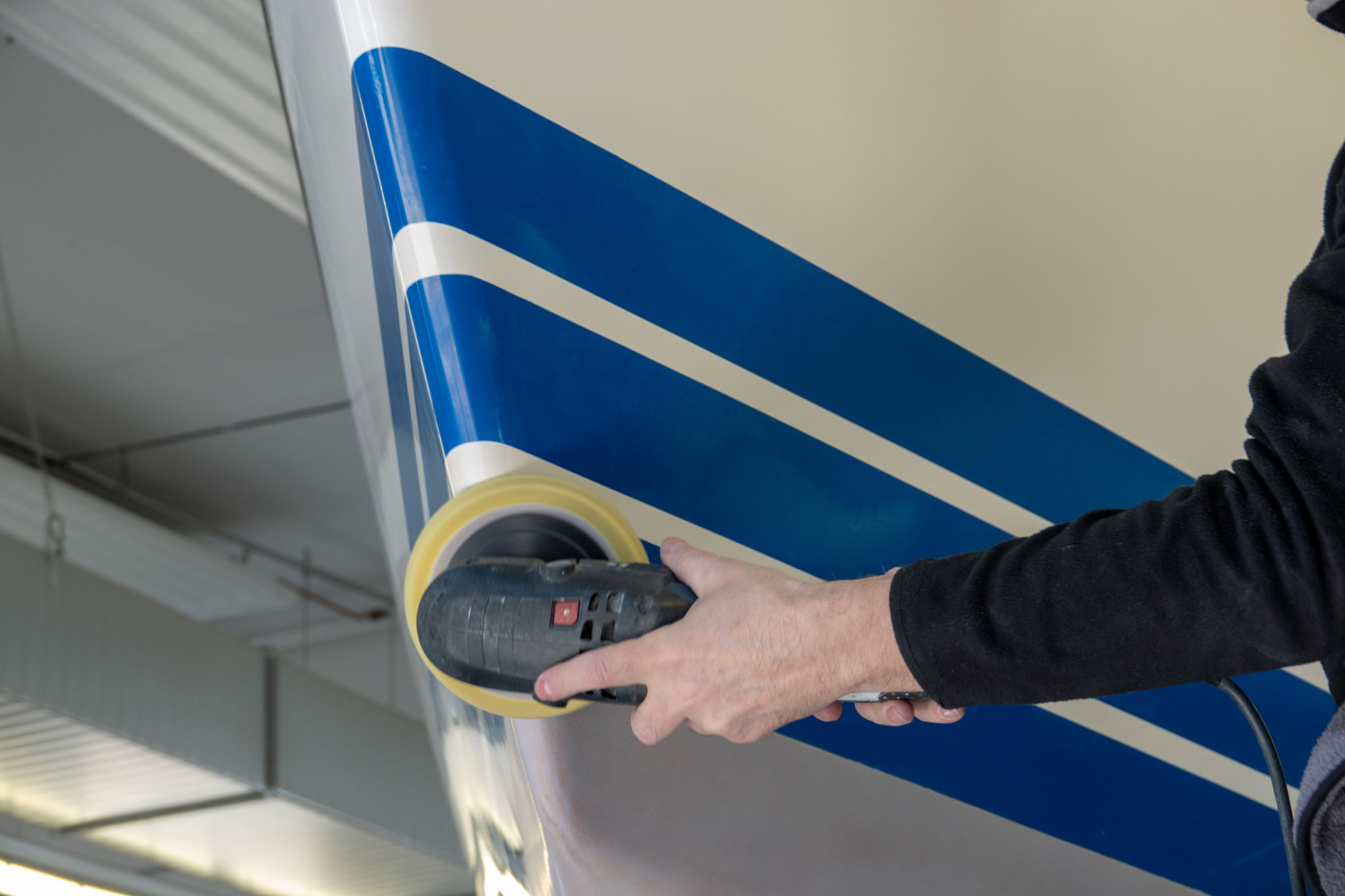
Sealing and Protecting the Gelcoat
Once the gelcoat is polished, sealing is essential to protect it from future damage. A good marine wax or sealant creates a protective layer that helps resist UV rays and environmental contaminants. Applying this regularly will maintain the yacht’s appearance and integrity over time.
It's recommended to apply at least two coats of sealant, allowing each layer to cure thoroughly before applying the next. This ensures maximum protection and durability for the gelcoat.
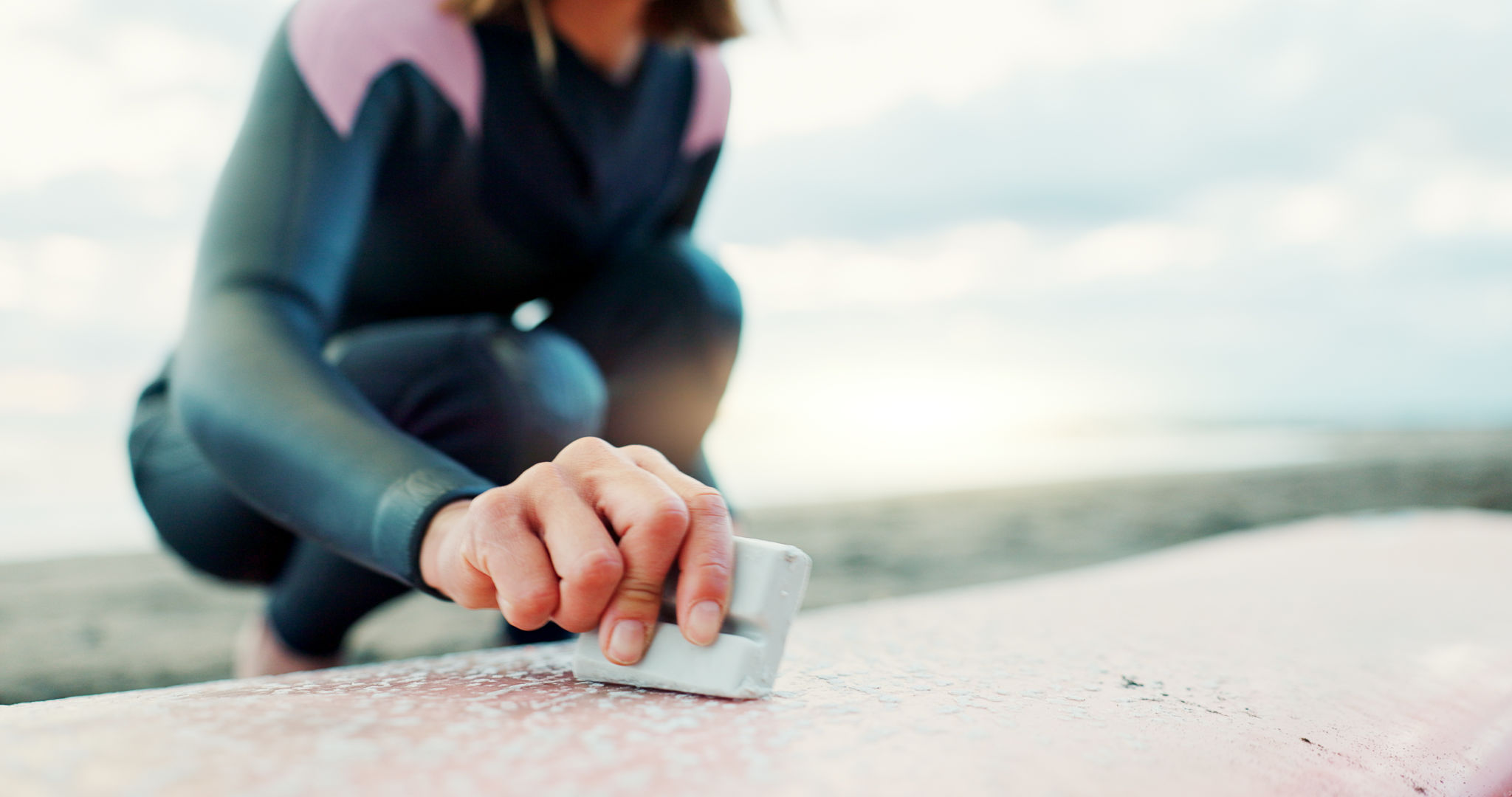
Regular Maintenance Practices
Regular maintenance is crucial to preserve the efforts of restoration. Frequent washing with fresh water and mild soap will help prevent salt build-up and stains. Additionally, reapplying wax or sealant every few months ensures ongoing protection.
Owners should also inspect their yachts periodically for any signs of damage or wear, especially after long voyages or exposure to harsh weather conditions. Early intervention can prevent minor issues from becoming major repairs.
Expert Tips for Longevity
Experts recommend using specialized products designed specifically for marine use, as these are formulated to withstand the unique challenges of sea environments. Investing in high-quality products may incur higher initial costs but often proves economical in the long run due to their effectiveness and longevity.
Additionally, having professional assessments annually can be beneficial. Experts can spot potential issues that may not be immediately apparent to the untrained eye, thus avoiding costly restoration projects in the future.
